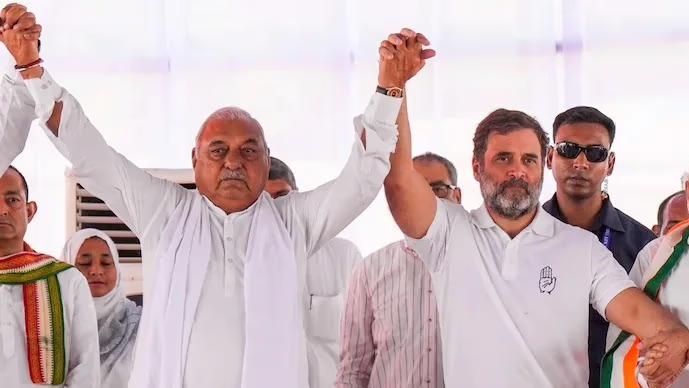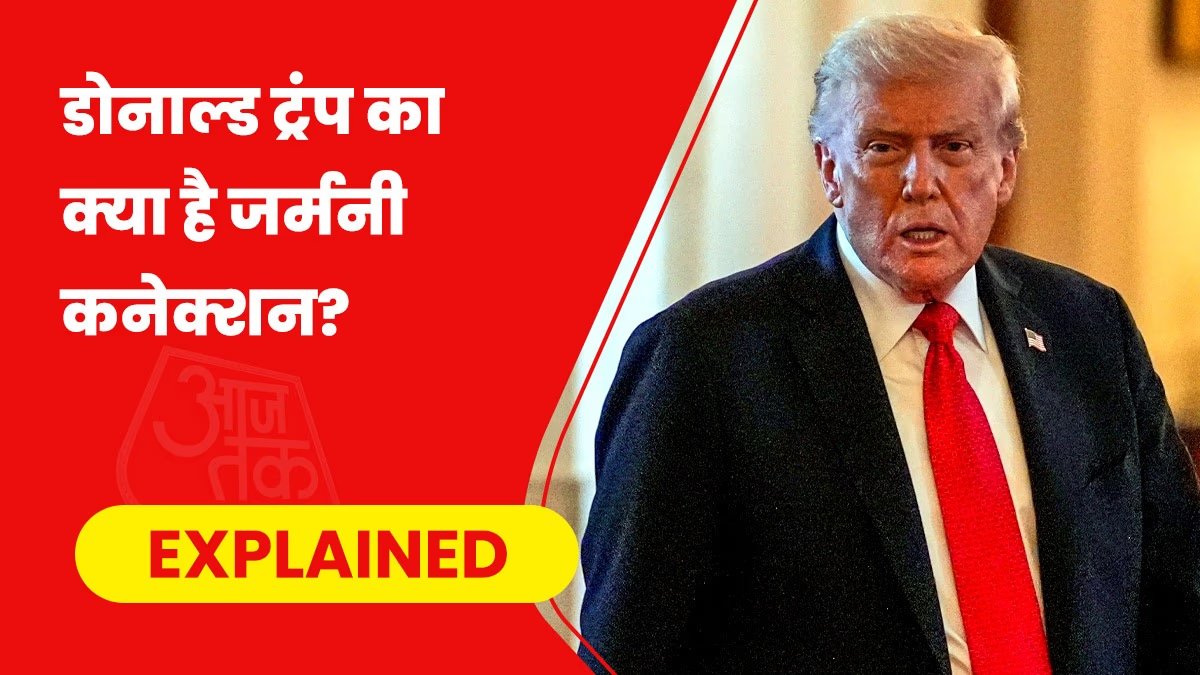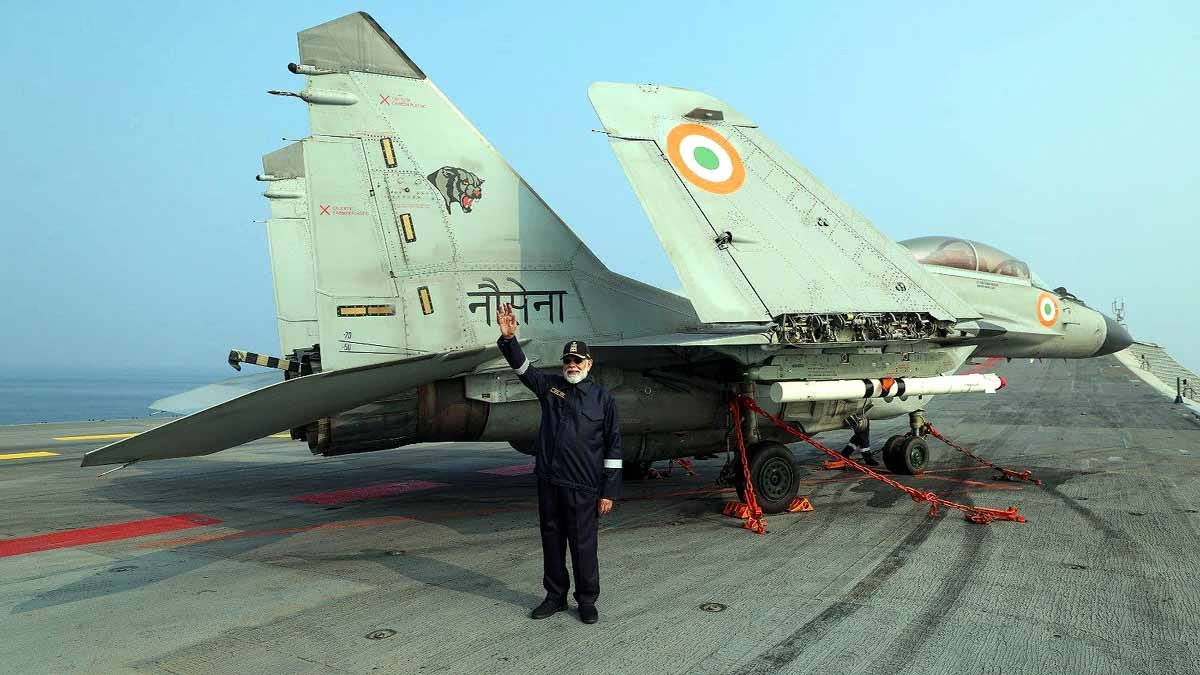As the voting for all 90 seats in Haryana comes to a halt, the noise of the assembly elections has settled. While the final tally of votes is not yet confirmed, the excitement is building towards the results on the 8th of October. According to AajTak C-Voter exit polls, Congress seems to be in the driver's seat, estimated to secure between 50 to 58 seats with a 43.8% vote share. The ruling Bharatiya Janata Party (BJP), however, might secure 20 to 28 seats, commanding 37.2% of the votes.
Other parties, collectively holding 19% of the vote share, are anticipated to win between 10 to 14 seats. These alliances include parties like Dushyant Chautala’s JJP and the Indian National Lok Dal. Compared to the 2019 elections, Congress is showing a significant gain of about 16% in votes, seemingly pulling from the reservoir of votes initially earmarked for other parties. What pivotal elements shifted the tide in Congress's favor during the Haryana elections? Let’s delve into five key factors.
1- Farmers
The central government introduced three new agricultural laws that did not sit well with the farmers, who took to the streets in protest, with Haryana emerging as a focal point alongside Punjab. During these protests, several government officials, including then-Chief Minister Manohar Lal Khattar, faced strong resistance. The farmers camped persistently on the Shambhu border, demanding legal guarantees for MSP. Congress seized this opportunity, integrating it into their electoral manifesto and broadly campaigning on it. This strategy paid off as exit poll estimates indicate that farmer and Jat votes leaned towards the party.
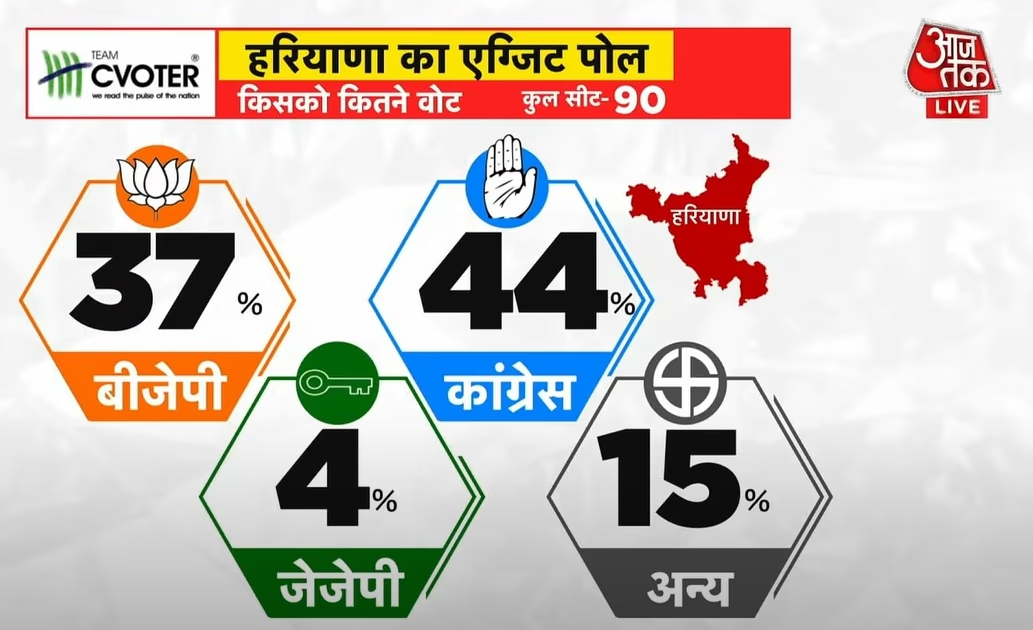
Source: aajtak
2- Wrestlers
The protest against BJP’s former MP Brij Bhushan Sharan Singh by wrestlers became a significant issue. Vinayesh Phogat and Bajrang Punia, key faces of the wrestlers' movement, joined Congress amidst the election frenzy. Vinayesh, who reached the finals in the recent Paris Olympics, was disqualified due to a slight weight excess before the gold medal match. This incident caused BJP to falter, exacerbated by Brij Bhushan’s remarks targeting her. Congress positioned her as its candidate from Julana, securing strategic advantage.
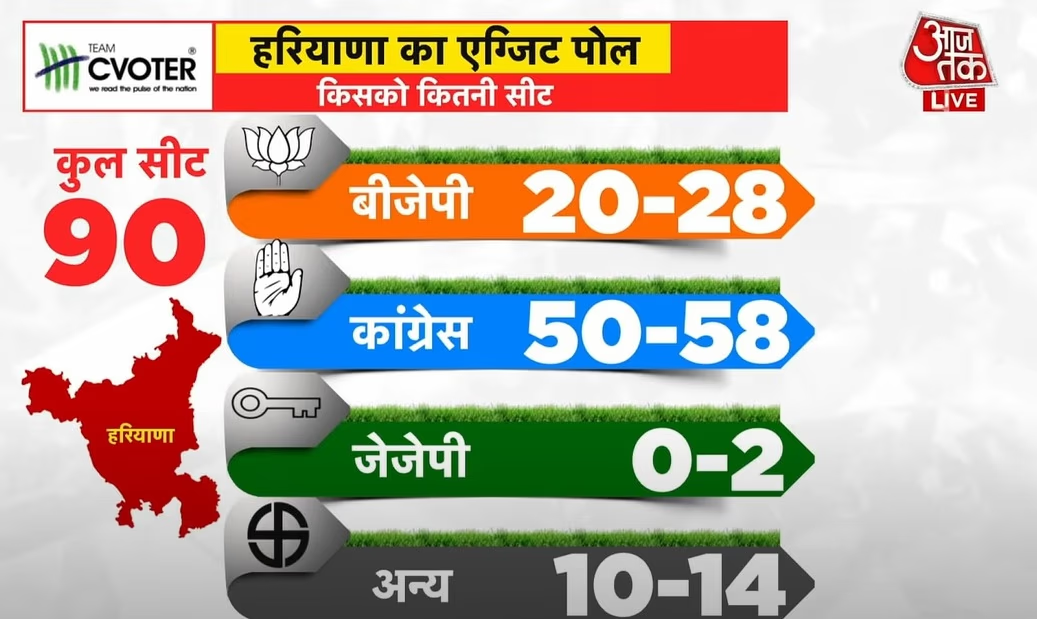
Source: aajtak
3- Khap Panchayats
Congress gained significant support from Khap Panchayats, galvanized after Vinayesh’s disqualification in the Paris Olympics. Some Khaps bestowed symbolic gifts like a mace or a gold medal upon her, triggering a wave of emotional backing. Khaps hold an influential place in the Jat community's social structure, and potential Chief Ministerial candidate Bhupinder Singh Hooda hails from this demographic. This support played a crucial role in strengthening Congress’s position.
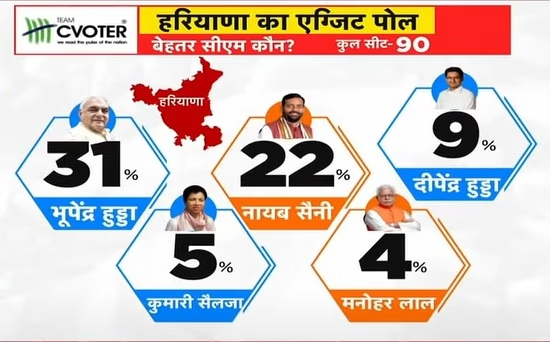
Source: aajtak
The Jat community accounts for nearly 25% of Haryana’s population. The resentment born from issues like Jat identity, MSP legal guarantees, and unrest over farmers’ and wrestlers’ protests predicted a shift of Jat votes towards Congress. If C-Voter’s predictions parallel the actual results, this will signpost Congress receiving substantial support from the Khaps.
4- Youth
Holding a mere 5% of the national population, Haryana boasts a significant presence in the army, contributing around 10% of its personnel, underscoring the military zeal prevalent among its population. During the elections, Congress capitalized on unemployment and the Agniveer program as central issues. Despite BJP’s assurances of permanent government employment to every Agniveer, if exit polls translate into actual results, it will reflect BJP’s misstep in the Agniveer scheme and Congress’s subsequent advantage.
5- Anti-Incumbency
For the past decade, BJP has helmed Haryana’s government. Mere months before election announcements, BJP replaced Manohar Lal Khattar with Nayab Singh Saini as CM, against a backdrop of public discontent towards schemes like the Family Card portal. In governance, sustaining leadership for three consecutive terms is always a challenge in any Indian state. Should the polls crystallize into actual results underlining anti-incumbency as a decisive factor, it will underscore public disenchantment despite enduring hurdles like the looming lack of employment and bureaucratic discontent.
One-Phase Polling
Voting for Haryana’s 90 assembly seats concluded in one swift phase on the 5th of October, with final voter turnout statistics awaited. Central themes of this election have been farmers, wrestlers, and the military. Congress tactically targeted the BJP, leveraging dissention among farmers and Jats, and wrestlers’ movements against Brij Bhushan Sharan Singh. The fates of heavyweight candidates such as CM Nayab Singh Saini, former CM Bhupinder Singh Hooda, former deputy CM Dushyant Chautala, athlete-turned-politician Vinayesh Phogat, Chitra Sarwara, and Anil Vij hang in the balance. Noteworthy personalities like Bhavya Bishnoi, Chandramohan Bishnoi, and Aditya Surjewala further add intrigue to this high-stakes election.
